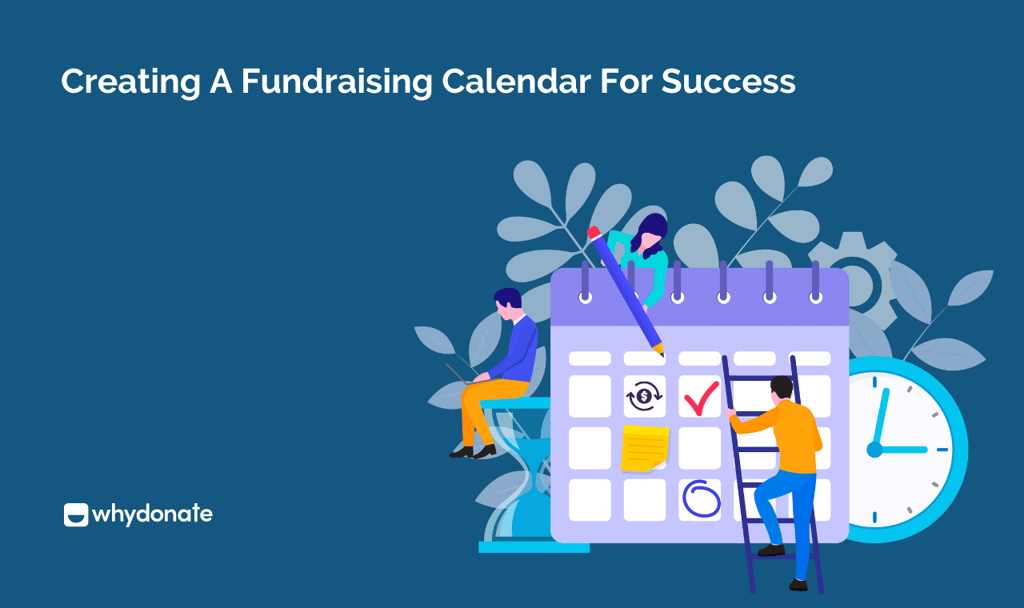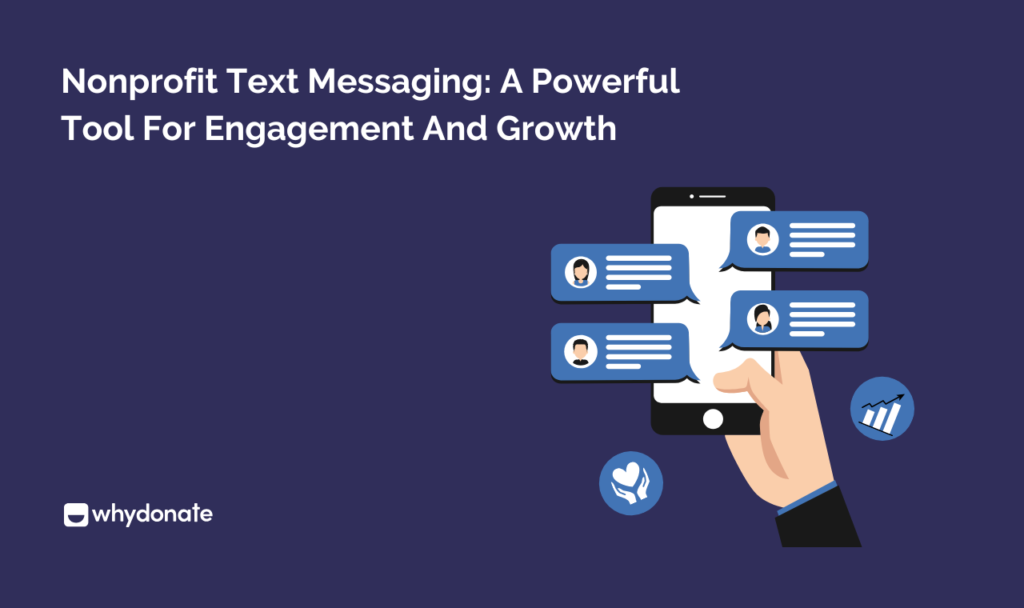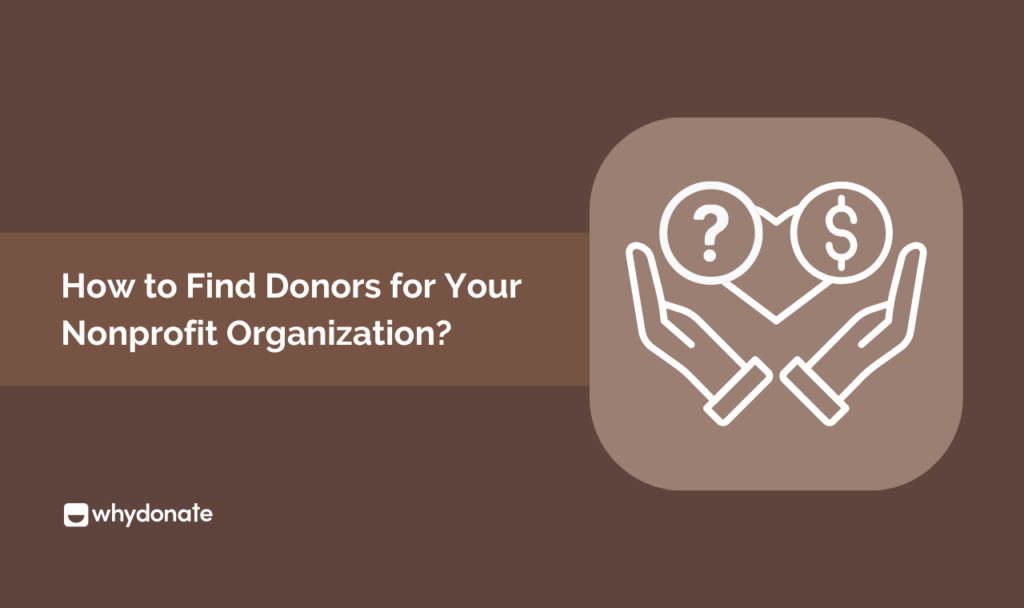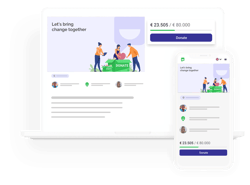A fundraising calendar is not just a calendar. It’s an integral part of strategic planning that can enhance the efficacy of fundraising efforts. Be it a nonprofit, school campaign, or personal fundraiser, managing activities through a calendar for fundraiser will ensure that nothing is missed.
Key events and timelines will guide you in concentrating on building a good donor relationship while preparing to achieve your financial goals. In this comprehensive guide, we’ll look at what a fundraiser calendar is, its benefits, what steps to take to create one, and tips on maximising its impact.
- Are You Struggling with Financial Issues? Start Your Fundraiser for Free Today!
Table of Contents
What is a Fundraising Calendar?
Consider a fundraising calendar as a master plan, where detailed activities of all the fundraising initiatives that you are planning for a certain period, which would ideally be one full year, are incorporated. The minor details like the launch of the campaign, deadlines for grant applications, event schedules, and communication schedules are put into specific dates. In short, this is a blueprint for the efforts you will make to keep yourself organized and proactive.
A fundraiser calendar is more than a timetable; it’s strategic. Each fundraiser ties to your organization and times itself perfectly to best capitalize on peak windows of opportunity for donations. You can make better fundraising team resource preparations to track the progress of your campaigns and reduce the possibility of overlap between campaigns that may bombard your donors.

Benefits of Using a Fundraising Calendar
1. Better Organization and Time Management
A fundraising calendar outlines all planned activities for viewing to manage time and resources efficiently. All campaign and deadline information is available in one place to avoid rushing while ensuring that every detail is accounted for.
For instance, an organization would be able to plan an annual gala marked in the calendar a few months before the event. This would enable the seamless arrangement of venue bookings and donor invitations, among other things.
2. Improved Donor Engagement
If donors feel they are valued and enlightened, then they are more inclined to contribute. A fundraiser calendar is useful in scheduling regular intrusive contacts with donors, be it through emails, newsletters, or social media updates.
Communications may be calculated based on the timing of peak giving seasons. Reminders can keep donors in a practical and attractive mood toward the cause. If one does not forget to send thank-you letters or contributors immediately after the campaign ends, a lot of work is an essential step in the long-term bonding aspect.
3. Enhanced Team Collaboration
A calendar for fundraiser is not just made for the person handling it, but also serves every member of the team. It shows the roles and deadlines to make everyone responsible for completion, and therefore, it keeps everyone on the same page.
Your marketing team can now hold planned promotional content, while your event team now organizes the logistics. This way, communication and efficiency between teams will be sped up, and they will work together smoothly.
4. Increased Fundraising Success
By planning, you can schedule your campaigns for the best possible giving times, holidays, or awareness months that apply to your cause. With a well-thought-out calendar for fundraiser, you will also have more flexibility in experimenting with other types of campaigns to determine which are most effective with your audience. Your chances of reaching or exceeding your fundraising goal would increase substantially when each campaign is carefully planned and executed.
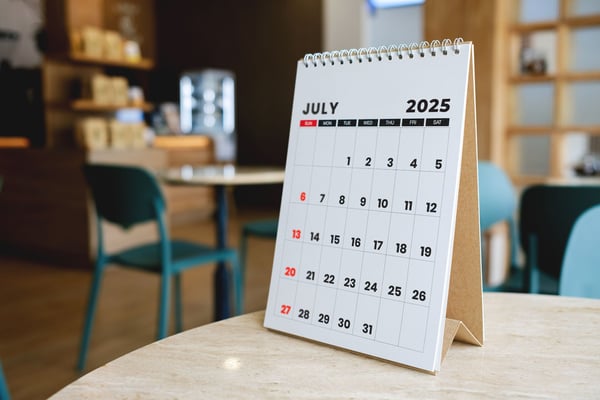
How to Make a Calendar for a Fundraiser?
1. Set Clear Annual Goals
Study the objectives you want to achieve through fundraising before anything else. What do you want to happen this year? Do you want to establish the targeted amount to be raised, attract new donors, or increase awareness for your cause?
Such goals, which are clear and measurable, give a purpose to your calendar. For example, if the amount to be targeted for a community project is $50,000, the calendar can help draw up smaller goals for different campaigns.
2. Identify Key Campaigns and Events
Specify a list of annual fundraising activities like general giving days, timed appeals, fundraising events, and grants that you plan to initiate in the year.
In addition, remember the awareness months or holidays that work in alignment with your cause for fundraising. One example of this kind of calendar timing is for someone who is raising funds for a health-related cause. For example, raising funds during Breast Cancer Awareness Month or World Health Day makes the campaigns more visible.
3. Plan a Timeline
Once you have identified your campaigns, proceed to timeline them. Key dates for each campaign should include launch and end dates along with donor communication, deadlines, and follow-up schedules. Be sure to space out your campaigns so that it doesn’t result in donor fatigue.
4. Assign Responsibilities
Assign the team tasks and ensure an understanding of each member’s role. For example, someone can be in charge of managing social media promotions while another handles outreach to donors. Each one of clear accountability makes every aspect of your campaign possible, from planning to execution.
5. Monitor Progress and Make Adjustments
A fundraising calendar, like any other such tool, must be dynamic and revised frequently. It is not a document with fixed content. You should regularly review the progress you have made in relation to your expectations.
Aiming at all those campaigns that really do not perform up to lustrous expectations, the new entries on your calendar for fundraising will tell you that the campaign should be backed by a little more promotional activities or time.

Tips for an Effective Fundraiser Calendar
- Harness Digital Tools: Use platforms like Google Calendar or fundraising-specific software to make your calendar for fundraising accessible and easy to update.
- Include Key Dates: Mark holidays, awareness months, and other significant events to align your campaigns with peak giving times.
- Balance Your Schedule: Space out campaigns to prevent donor fatigue and ensure steady engagement throughout the year.
- Plan Follow-Ups: Schedule thank-you messages and updates to show appreciation and build donor loyalty.
- Regularly Evaluate: Set periodic reviews to assess your calendar’s effectiveness and make adjustments as needed.
In a Nutshell
A fundraising calendar is the ultimate tool that keeps you organized, engages your potential donors productively, and helps you reach your financial goals. When planned in advance, every campaign can be efficiently timed and executed.
Create your fundraiser calendar today and take that first step towards a year of successful fundraising. With a clear plan, you will find it much easier to inspire your donors, build relationships, and make an impact that lasts.
Make Your Aspirations Come To Life. Start Your Fundraising Campaign At A 0% Platform Fee!
